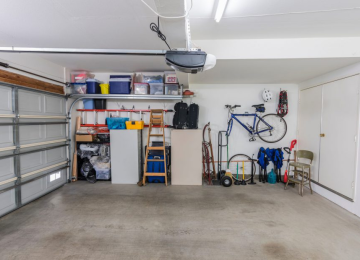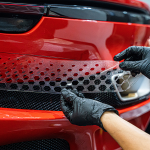Regular preventive maintenance is crucial for keeping your vehicle in top condition and extending its lifespan. By staying on top of routine care, you can prevent costly repairs and ensure a smooth, reliable driving experience. Here are the top 10 preventive maintenance tips to help prolong your vehicle’s life:
1. Regular Oil Changes
Oil is the lifeblood of your engine, lubricating moving parts and reducing wear. Over time, oil breaks down and loses its effectiveness. Regular oil changes, typically every 3,000 to 5,000 miles depending on your vehicle and oil type, ensure your engine runs smoothly and efficiently.
2. Check and Replace Air Filters
Air filters prevent dirt and debris from entering your engine. A clogged air filter can reduce performance and fuel efficiency. Check your air filter every 12,000 miles and replace it if it appears dirty. A clean air filter helps your engine breathe easier and run more efficiently.
3. Inspect and Maintain Tire Pressure
Properly inflated tires improve fuel efficiency, handling, and tire longevity. Check your tire pressure monthly and before long trips, using a reliable tire gauge. Inflate your tires to the manufacturer’s recommended pressure, typically found in your owner’s manual or on a sticker inside the driver’s door.
4. Rotate and Balance Tires
Tire rotation and balancing help ensure even tire wear, extending their lifespan and improving handling. Rotate your tires every 6,000 to 8,000 miles, and balance them if you notice uneven wear or vibrations. Regular tire maintenance provides a smoother ride and better traction.
5. Inspect Brakes Regularly
Brakes are vital for your safety. Inspect your brake pads, rotors, and fluid levels every 6,000 to 8,000 miles. Listen for squeaking or grinding noises, which indicate worn brake pads. Addressing brake issues promptly can prevent more extensive and expensive repairs.
6. Check Fluid Levels
In addition to engine oil, your vehicle relies on several other fluids, including coolant, transmission fluid, brake fluid, and power steering fluid. Regularly check these fluid levels and top them off as needed. Maintaining proper fluid levels helps ensure your vehicle’s systems function correctly.
7. Replace Wiper Blades
Good visibility is essential for safe driving. Inspect your wiper blades regularly and replace them if they’re streaking, skipping, or making noise. Typically, wiper blades should be replaced every six months to a year, depending on usage and weather conditions.
8. Monitor Battery Health
A well-maintained battery is crucial for reliable starting and electrical system performance. Check your battery terminals for corrosion and clean them if necessary. Test your battery’s voltage regularly, especially before winter or long trips. Replace the battery every three to five years, or if it shows signs of weakness.
9. Maintain the Cooling System
Your vehicle’s cooling system prevents the engine from overheating. Regularly check the coolant level and inspect hoses and the radiator for leaks or damage. Flush and replace the coolant every 30,000 to 50,000 miles, or as recommended by your vehicle’s manufacturer. A well-maintained cooling system helps keep your engine temperature in check.
10. Follow the Manufacturer’s Maintenance Schedule
Your vehicle’s manufacturer provides a recommended maintenance schedule in the owner’s manual. This schedule outlines when to perform various maintenance tasks, such as timing belt replacement, spark plug changes, and more. Adhering to this schedule ensures your vehicle receives timely care and helps prevent major issues.
Conclusion
Preventive maintenance is the key to a long-lasting, reliable vehicle. By following these top 10 tips, you can keep your car running smoothly, improve its performance, and avoid costly repairs down the road. Regularly scheduled maintenance not only prolongs your vehicle’s life but also enhances safety and driving enjoyment. Invest in your vehicle’s health today to reap the benefits for years to come.












